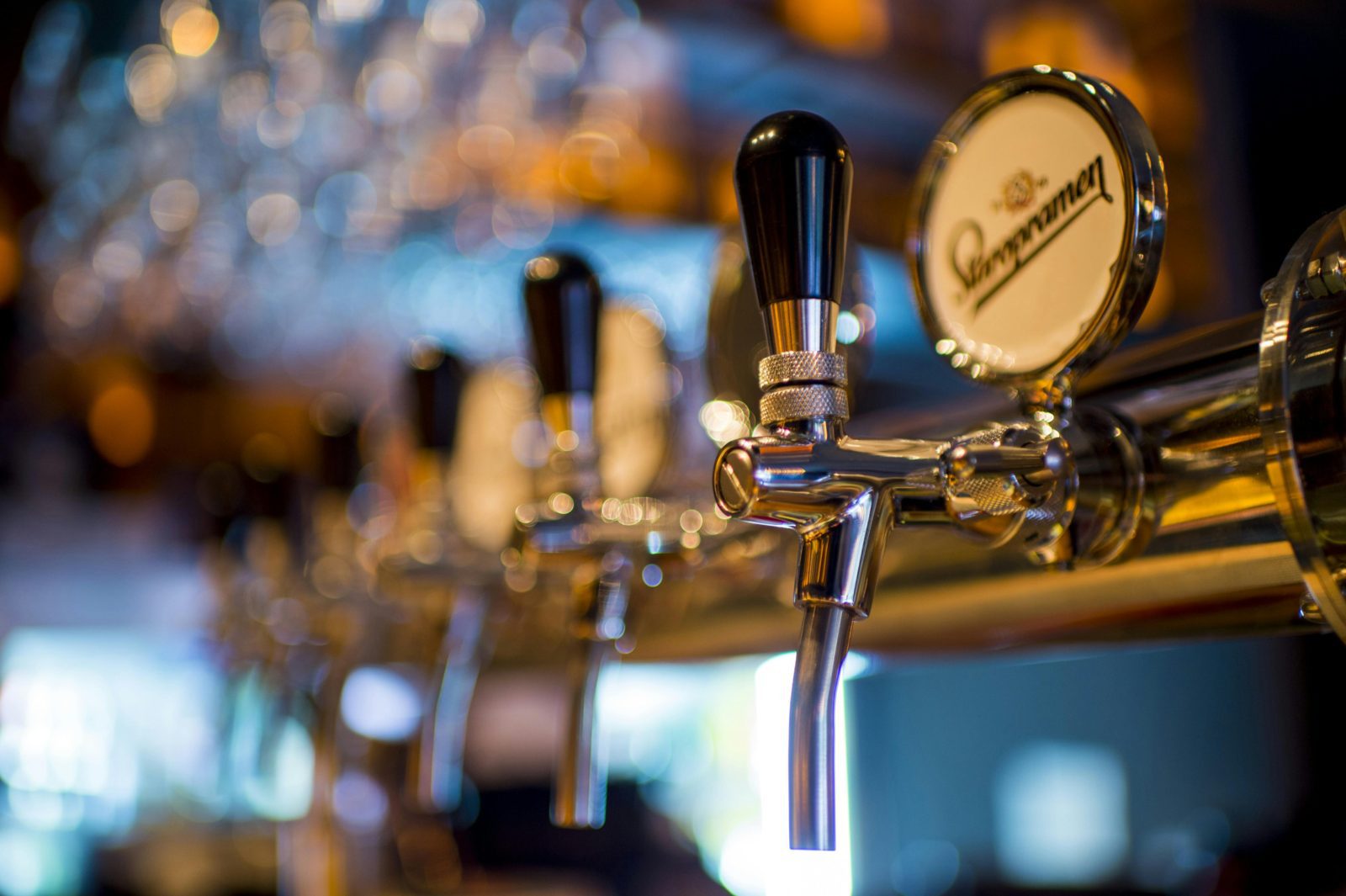Czechs, renowned for their love of beer, are changing their habits. Last year, the average beer consumption per capita reached an all-time low. According to data from the Czech Brewers and Maltsters Association, compared to 2022, it plummeted from 136 to 128 liters per year.
The dip in beer consumption per person and the proportion of sales in pubs and restaurants reflected the continuing economic uncertainty and changes in consumer behavior. According to the Czech Statistical Office, beer consumption in 2021 was the lowest in a series of comparisons since 1989. Back then, it was 151 liters per person and even jumped above 160 liters momentarily in the 90s. Consumption per person was 153 liters in 2009, then held above 140 liters for nearly a decade before falling to 129 liters in 2021.
Breweries in the Czech Republic produced about 20 million hectoliters of beer last year, which was 2.7 percent less than the previous year. “For the fourth year in a row, the values of annual beer production for the domestic market are below the 2010 level. Unfortunately, the expected recovery of sales last year was directly and indirectly hindered by the adverse economic situation,” says Tomáš Slunečko, the association’s director.
Consumer habits are also shifting, with a growing preference for non-alcoholic beer or mixed drinks based on beer. This segment’s total output was 1.42 million hectoliters last year, representing an annual increase of 9.3 percent. Compared to 2019, it’s more than a one-third increase.
Despite two years of growth, Czech beer exports declined abroad. Beer exports decreased by 4.3 percent to 5.17 million hectoliters, which roughly corresponds to the values from 2018. The most significant export markets remain Slovakia, Germany, and Poland.






